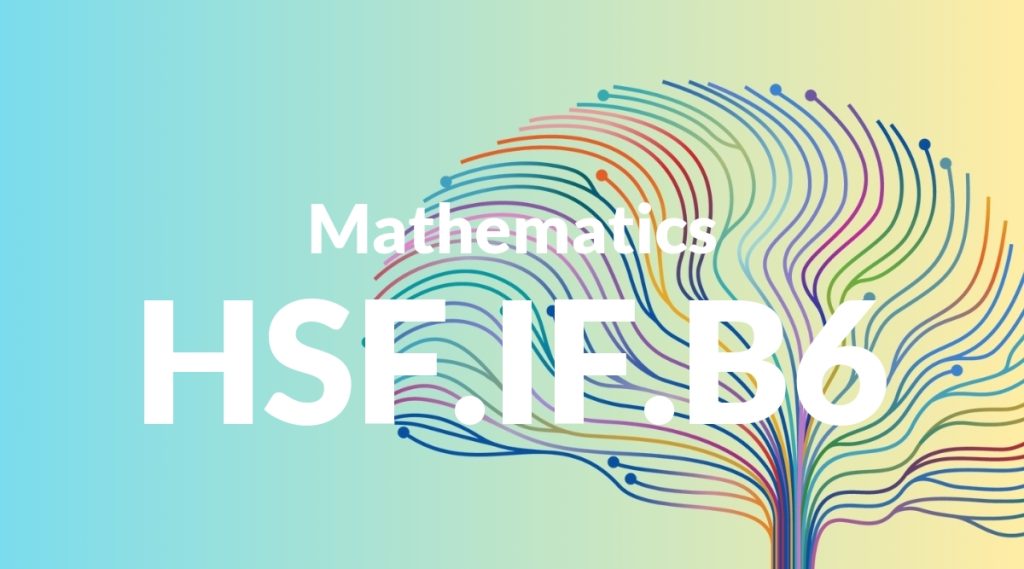Standard: HSF.IF.B6 – Calculate and interpret the average rate of change of a function (presented symbolically or as a table) over a specified interval. Estimate the rate of change from a graph.*
Grade level: High School: Functions
Subject: Mathematics
Domain: Interpreting Functions
Teacher Overview
This standard focuses on understanding and interpreting the average rate of change of functions. It is crucial for students to grasp this concept as it lays the foundation for more advanced topics in calculus and real-world applications such as physics and economics. Students should be comfortable with algebraic manipulations, graph interpretations, and basic slope calculations. These skills are essential for understanding how to calculate and interpret the average rate of change.
Mastering this standard prepares students for advanced topics such as calculus, where they will explore derivatives and integrals, further deepening their understanding of rates of change and their applications.
Common Misconception 1
A common misconception is that the average rate of change and instantaneous rate of change are the same. This is incorrect because the average rate of change is calculated over a specified interval, while the instantaneous rate of change is at a specific point.
Intervention 1
To address this misconception, use visual aids to show how the average rate of change is represented by the slope of a secant line over an interval, whereas the instantaneous rate of change is the slope of a tangent line at a point.
Common Misconception 2
Another misconception is that the average rate of change is always constant. This is not true as the rate can vary depending on the interval chosen.
Intervention 2
Introduce multiple examples with varying rates over different intervals and guide students through calculating and interpreting these rates to show the variability.
Prerequisite Knowledge
Students should understand basic algebraic concepts, including how to read and interpret graphs, tables, and equations. They should also be familiar with the concept of slope and how to calculate it from two points.
Subsequent Knowledge
After mastering this standard, students will be able to apply their understanding of rates of change to more complex functions and real-world scenarios, such as calculus concepts involving derivatives and integrals.
Instructional Activities
- Graphing different functions and calculating their average rates of change over various intervals
- Using real-world data sets to determine rates of change, such as population growth or economic trends
- Interactive simulations that allow students to manipulate intervals and observe changes in rates
- Group discussions and problem-solving activities focused on different functions and their rates of change
- Creating visual aids and presentations to explain the concept of average rate of change to peers




